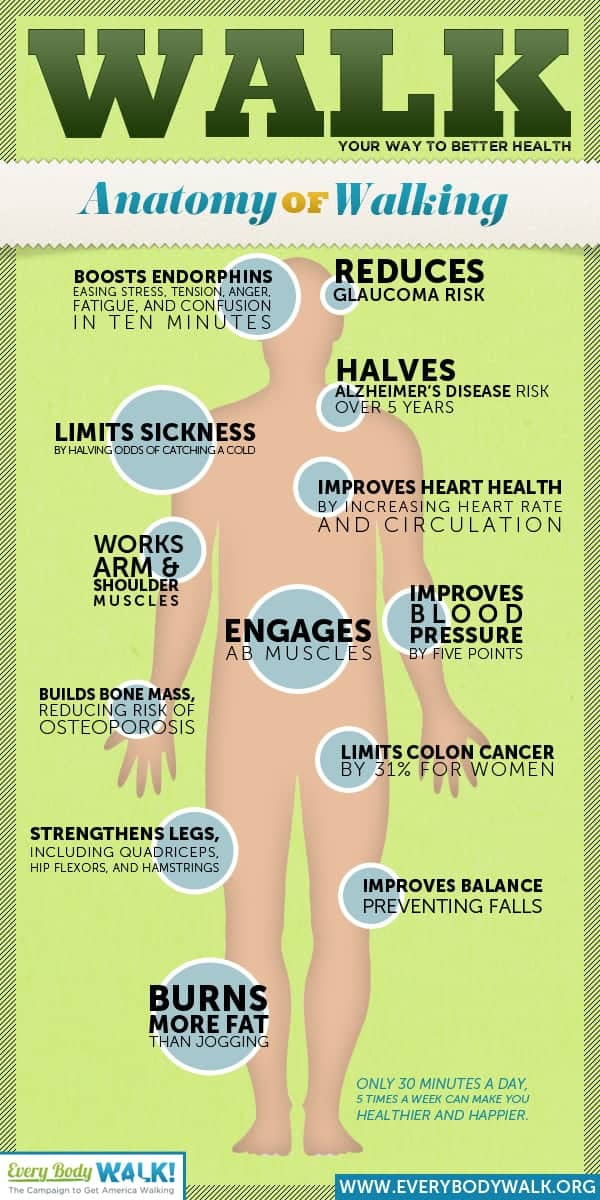Health science education encompasses a multidisciplinary approach to fostering knowledge and skills essential for promoting health and preventing disease. As a confluence of diverse fields—ranging from biology to sociology—it serves as the keystone in the arch of public health, ensuring practitioners are equipped to navigate the complexities of human health and wellbeing. Just as a symphony consists of various instruments playing in concert to create a harmonious piece, health science education integrates numerous disciplines to form a cohesive understanding of health-related issues.
The journey through health science education often begins with foundational courses that impart essential knowledge of the biological sciences. Here, students are introduced to the intricacies of human anatomy and physiology, akin to an artist learning the fundamentals of color theory before creating a masterpiece. This foundational knowledge serves as the canvas upon which students build a nuanced understanding of health and disease mechanisms.
As students progress, they encounter courses that delve into microbiology, biochemistry, and genetics, illuminating the microscopic and molecular realms that significantly influence human health. This exploration is paramount; pathogens, genetic predispositions, and biochemical pathways form the underpinnings of health science. The intricate dance of cells and molecules mirrors a complex choreography, where a single misstep can have profound consequences, both positive and negative.
Beyond the biosciences, behavioral sciences play a pivotal role in health science education. Understanding how individuals and communities interact with health systems requires a keen insight into psychosocial dynamics. This facet of education unveils the myriad ways culture, environment, and socio-economic factors converge to impact health outcomes. In this respect, health extends beyond the individual, revealing itself as a tapestry woven from societal threads, emphasizing the interdependence of community health and individual wellness.
One cannot overlook the role of epidemiology, an area that employs statistical tools to decipher the patterns of disease distribution. Epidemiology is akin to a detective unraveling the complexities of a mystery—each statistic and trend revealing insights into public health issues. Students learn to identify risk factors, evaluate interventions, and implement strategies to mitigate the spread of disease, becoming adept at both critical thinking and data analysis.
Moreover, health science education champions the importance of ethical considerations and health policy. As future practitioners, students learn the principles of biomedical ethics, ensuring they are equipped to grapple with the moral dilemmas often encountered in healthcare settings. This ethical framework acts as a compass, guiding professionals as they navigate the sometimes murky waters of patient care and public health decisions. In parallel, health policy education furnishes students with the acumen necessary to advocate for effective health interventions at local, national, and international levels.
Clinical practice experiences are integral to health science education, bridging the gap between theory and real-world application. From internships in hospitals to community outreach initiatives, these experiences are akin to a rite of passage, enabling students to apply their knowledge in diverse contexts. Interacting with patients not only enhances clinical skills but also cultivates empathy—a critical component in effective healthcare delivery.
The integration of technology into health science education also heralds an era of innovation, with the proliferation of telemedicine and digital health tools reshaping how patients receive care. Instruction in health informatics equips students with strategies for utilizing data effectively, ensuring they are prepared for the digital age of healthcare. This integration is analogous to an artist embracing new mediums; the addition of technology enhances the potential for creativity and efficiency in health practices.
Additionally, the rise of interprofessional education is revolutionizing health science curricula, encouraging collaboration among future healthcare professionals. By learning alongside students from pharmacy, nursing, and social work programs, individuals gain a holistic perspective on health challenges. This collaborative spirit is reflective of a sports team, where each player possesses unique strengths, working together toward a unified goal of enhancing patient care and health outcomes.
As students reach the culmination of their health science education, they are not merely passive recipients of knowledge. Rather, they emerge as empowered agents of change, poised to address contemporary health challenges with newfound vigor. Armed with a robust skill set, a deep understanding of health disparities, and the ability to navigate the constantly evolving healthcare landscape, graduates are prepared to wield their knowledge like a surgeon wielding a scalpel—precisely and purposefully, with an unwavering commitment to advancing public health.
In conclusion, health science education is a rich and varied discipline, embodying a multitude of knowledge and skills that converge to form a comprehensive understanding of health and wellness. It empowers individuals to rise to the challenges of promoting health, preventing disease, and advocating for equitable healthcare access. As we continue to confront new health challenges—from pandemics to chronic diseases—the importance of a well-rounded health science education becomes ever more evident. It is a beacon that lights the way for future practitioners, illuminating the path to improved health outcomes for individuals and communities alike.












